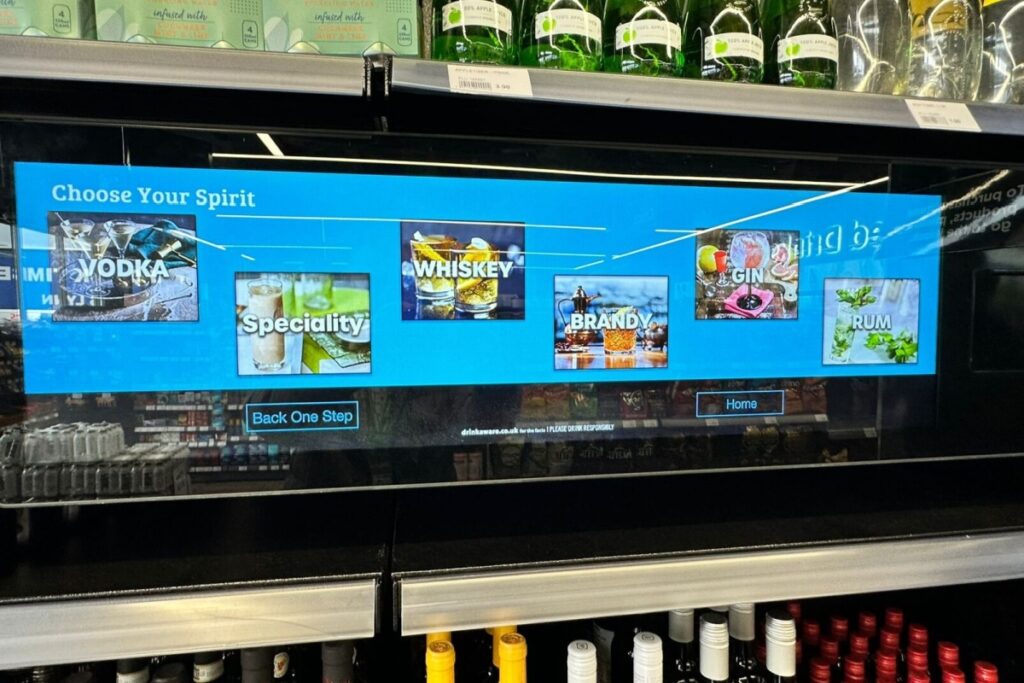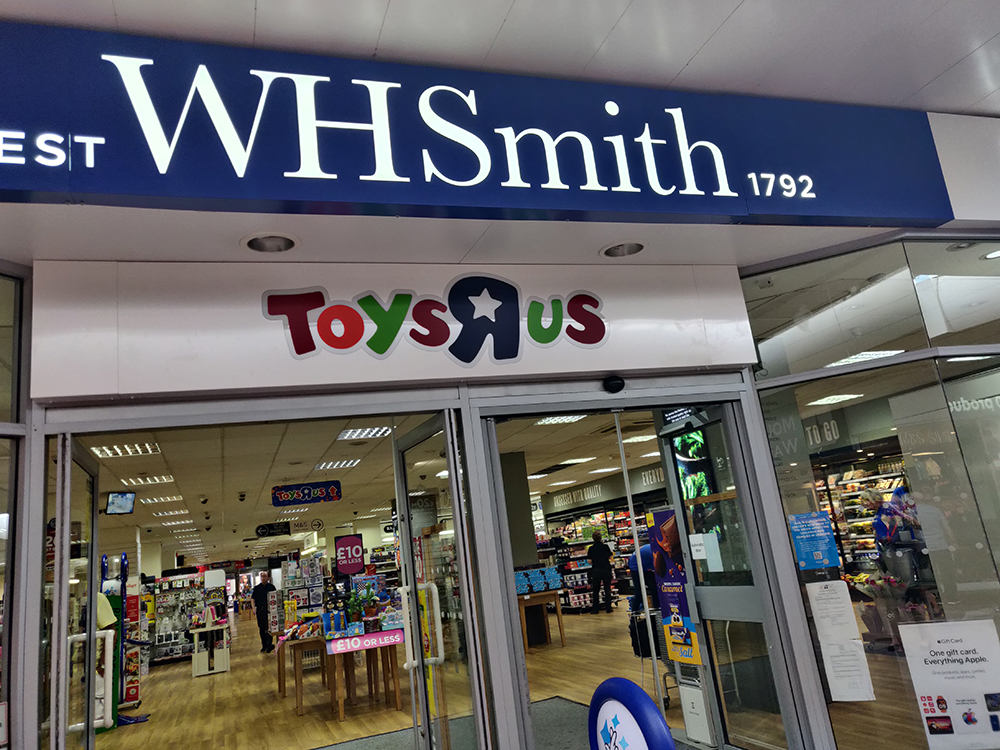Velti recently announced the findings of its research into consumer attitudes to multi-channel marketing (MCM) for retail in the UK. The results suggest that market conditions are ripe for retailers to place a greater emphasis on MCM within their marketing mix.
Brands should embrace the mobile channel as a core part of a multichannel strategy to take advantage of the opportunities offered by a ‘Total Mobile‘ approach. Mobile is the one channel that spans the full breadth of options open to multi-channel marketers. It offers messaging, email, social networking and in-app notifications accessible from a single device and on the go. Results can also be measured in real-time, enabling the marketer to optimise targeted, timely and relevant communications.
The results of the study reveal how existing opt-in customers engage with mobile marketing and highlight that there are a number of factors to consider when planning to integrate ‘Total Mobile‘ into a multichannel strategy. What‘s clear is a significant number of consumers are open to retail MCM. Of eight sectors surveyed, when asked what market segments they would be willing to opt-in to, only mobile network operators scored more highly than retailers. In total 25.6 per cent of respondents indicated they‘d be willing to receive communications from retail brands.
It may be no surprise that brand conscious younger consumers are most active in signing up to retail MCM. 35 per cent of 18-24-year-olds would be disposed to opting-in, but the appeal diminishes the further up the age scale you go. However, this doesn‘t mean retailers targeting older customers should dismiss MCM as almost 15 per cent of the lucrative 55-64 age bracket would welcome branded communications.
Retailers need to work harder to appeal to men, there‘s a clear divide between males‘ and females‘ willingness to opt-in. Female respondents are considered to be the early adopters with 21.2 per cent already signed up to MCM compared to only 15.3 per cent of opted-in males; however the gender split between those intending to opt in was more balanced (female 25.5 per cent versus male 26.3 per cent).
Of the 25.6 per cent of respondents who cite retailers as a ‘trusted‘ brand and who would accept branded communications, 41.9 per cent indicated they‘d be happy to receive MCM from retailers on a daily basis, while 24.7 per cent suggested they would be happy to receive multiple messages daily. This means approximately two-thirds of opt-in customers would welcome at least one piece of branded communication from a retailer every day.
The research has established there is a sizable potential audience for MCM and has revealed who these existing and potential customers are and how often they would like to be communicated with via mobile. The next logical question is when? Results indicated that consumers are most likely to engage with branded communications during their downtime, notably over their lunch break between 12pm – 2pm, or between returning home and settling down for the evening – ideally between 5pm and 7pm. Finally, respondents suggested they would be more likely to look at brand communications during weekends, rather than on weekdays.
Traditional mobile messaging formats, SMS, MMS and mobile email continue to engage users on any handset, in-app ads and notifications can be used to pull smartphone users to mCommerce sites. However, apps will never replace more established forms of push messaging because there will be significant numbers of legacy and feature phones in circulation for the foreseeable future. These won‘t support apps of any type but just over 95 per cent of all devices will offer access to the mobile internet, meaning mobile-optimised websites should be an important module in the mix.
The final piece to the multi-channel jigsaw is to establish what types of messages should be put in front of opt-in customers. Thi
RELATED STORIES

















